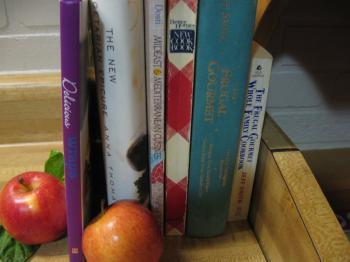The author’s main theme revolves around people’s twisted ideas of life under the communists. The writer points out the ludicrous way of life in Mainland China during that era, and the futility of all the misguided ideologies and slogans. He does so with marvelous insight, with a wry sense of humor; and despite the contrasts in world views between country people and city people, between those brainwashed by communist doctrines and those who are still thinking rationally, he gives each a sense of dignity.
He also manages to imbue the Western doctor in the story with a measure of compassion when the Little Seamstress is in trouble.
During the height of the Chinese Cultural Revolution the sons of two allegedly reactionary doctors were sent to a remote village, to be reeducated by hard work and peasant living. There, the two characters meet the local tailor’s daughter, the Little Seamstess, and discover a collection of various translated Western novels hidden by another city boy sent to the country for re-education, “Four-Eyes.” As they flirt with the seamstress and secretly devour these banned works, they find transit from their grim surroundings to worlds they never imagined.
What they encounter there, and how it came about that they had to carry night soil on their backs up a mountain, and eventually meet up with the third privileged boy leads to further adventures. The story contrasts the mindsets of educated city people vs. those narrow-minded, often ignorant peasants who abhor books, except for Mao’s Little Red Book, and consider classical Western music anti-communist.
The village foreman views the violin one of the boys had brought with him as anti-communist and only resists destroying the violin when the instrument’s owner plays Mozart for the whole village. Then he demands the boy play this music every evening at the community square. However, the village foreman immediately confiscates one of the boy’s wind-up alarm clocks that sports a moving figure of a rooster and considers it his most treasured, new possession. He had never seen an alarm clock, and carries it around with him everywhere as a status symbol.
As the boys befriend the lovely country girl and tell her stories of city life and of romance and end up reading passages from French writer Balzac’s novels to her, they make her their life-long friend.
Writer Dai’s way of introduction, how the books came into the boys’ possession, is a charming subplot in the story.
The book was published in English in 2001. Translations into Chinese are banned, because the text exposes the present communist regime in a less than complimentary light. Translations into other languages are pending. The book has wide audience appeal and is on the required reading list in a few American high schools. The author’s style is a mix of formal and informal writing, but from my writing experience is an outstandingly well-penned piece of entertainment based on facts. I highly recommend it to readers, from older teens to adults.
Balzac and the Little Chinese Seamstress by Dai Sijie (2002) is published by Knopf Publishing Group and is available on amazon.com.






